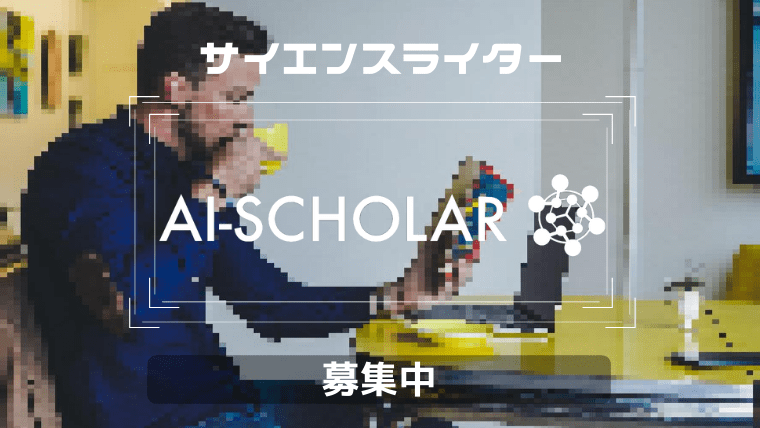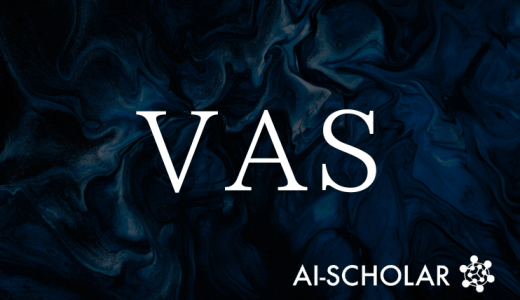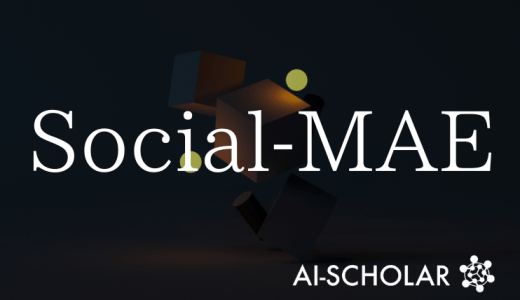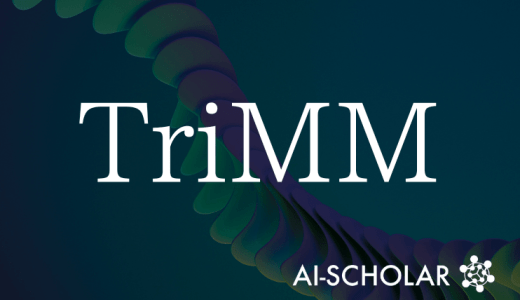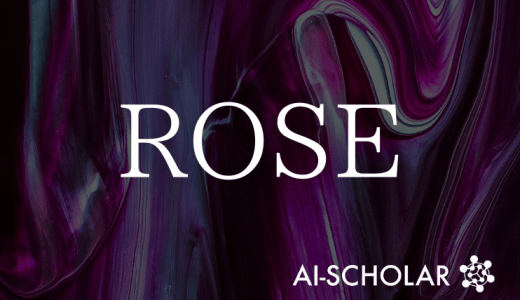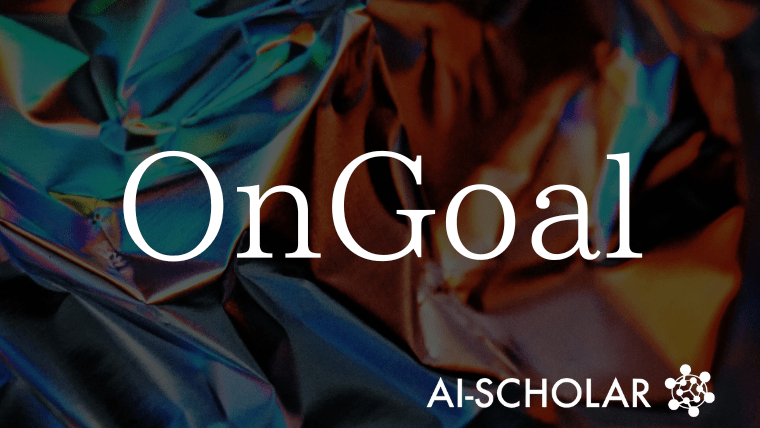
OnGoal: New Chat Interface To Visualize The Goals Of LLM Dialogue
3 main points
✔️ OnGoal is an interface for reasoning, integrating, evaluating, and visualizing users' goals in LLM dialogues
✔️ Goal achievement status is displayed in color and timeline, making it easier to track progress in longer conversations
✔️ 20-person experiment shows OnGoal users reduce cognitive burden while remaining flexible Tendency to adopt flexible interaction strategies while reducing cognitive burden was confirmed
OnGoal: Tracking and Visualizing Conversational Goals in Multi-Turn Dialogue with Large Language Models
written by Adam Coscia, Shunan Guo, Eunyee Koh, Alex Endert
(Submitted on 28 Aug 2025)
Comments: Accepted to UIST 2025. 18 pages, 9 figures, 2 tables. For a demo video, see this https URL
Subjects:Human-Computer Interaction (cs.HC); Artificial Intelligence (cs.AI); Machine Learning (cs.LG)
The images used in this article are from the paper, the introductory slides, or were created based on them.
Summary
In recent years, interaction with LLMs has expanded to a "multi-turn" style, in which objectives are achieved through numerous interactions.
However, as long and complex conversations continue, users easily lose sight of their own conversational goals, making it difficult for them to check their achievement status and organize their progress.
In particular, when goals change mid-conversation or when multiple requests overlap, it is difficult to ascertain which requests are being met and which are being ignored.
Against this background, a new chat interface called "OnGoal" was proposed in this study.
OnGoal tracks and visualizes users' goals in real time, clearly indicating which responses correspond to which goals.
It also reduces the cognitive burden of lengthy conversations by providing a progress summary panel and detailed goal-by-goal rating display.
User experiments with 20 users confirmed that OnGoal improves the efficiency of goal management compared to traditional chat and gives users the opportunity to adopt new interaction strategies and provides users with an opportunity to adopt new interaction strategies.
Proposed Methodology
The core of OnGoal is a three-stage process called the "goal pipeline.
In the first stage, "inference," conversational goals such as questions, requests, proposals, and offers are extracted from the user's utterances.
In the second stage, "integration," the old and new goals are compared and organized by combining similar goals, replacing contradictory goals, and retaining unique goals.
The third stage, "evaluation," determines whether the generated LLM responses satisfy, ignore, or contradict each goal, and presents reasons and evidentiary sentence fragments.
This pipeline process operates independently of the LLM for dialogue, providing a highly transparent explanation.
On the UI side, "goal glyphs" are provided to color-code goal achievement status within the chat field, a "timeline" shows history in chronological order, and "individual views" are available to check detailed history for each goal.
Furthermore, combined with the text highlighting function, LLM can immediately identify areas that are in line with or deviate from the goal.
These innovations allow users to manage their goals visually and efficiently while maintaining the traditional linear chat experience.
Experiments
To test the effectiveness of the system, a comparative experiment was conducted with 20 participants.
Participants were divided into two conditions, one using the traditional chat interface and the other using OnGoal.
The task was a writing task: "Create an article that simultaneously fulfills the different writing requirements of two supervisors.
Each supervisor provided three specific goals regarding style, persuasiveness, and figurative language, and participants were asked to evaluate and check their progress while generating articles using LLM.
Results of the analysis showed that OnGoal users spent more time checking their goal attainment, while the burden of reading the text decreased, reporting an overall reduction in cognitive effort.
In addition, OnGoal's visualization and explanation features allowed participants to devise more flexible ways of communicating goals than in the past, and to try new strategies to resolve misunderstandings.
On the other hand, the evaluation process was identified as an area for future improvement, as it can be confusing when evaluation results differ from one's intuition.
Overall, OnGoal contributed to more efficient goal management and demonstrated the potential for users to actively control the dialogue.
Categories related to this article

